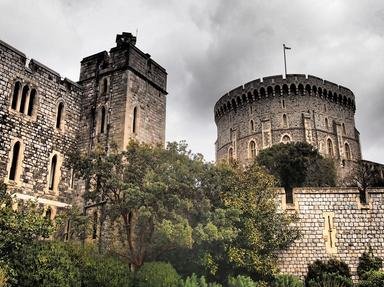Quiz Answer Key and Fun Facts
1. Elizabeth and the man she would always refer to as "Bertie" had met when they were children, but it wasn't until 1921 that the shy Prince George proposed to her. Why didn't she accept?
2. One of the contributing factors to Elizabeth's initial refusal to marry Bertie was she was being courted at the same time by another man. Who was this traitorous villain as far as Bertie was concerned?
3. Was Elizabeth Bowes-Lyon a member of royalty before she married Bertie?
4. Another reason for the royal family's ready acceptance of Elizabeth as the future bride for Bertie had to do with line of inheritance. What reason was this?
5. To the bride of course, the wedding gown was of prime importance. Unusually for royal brides, what "unlucky" colour did Elizabeth have incorporated into her gown?
6. More on the dress. Incorporated into it was a family heirloom of Brussels lace worn by a female Scottish ancestor of the bride who wore to the ball of which renegade royal prince?
7. Which title was bestowed upon her Elizabeth after her marriage to Bertie?
8. When Elizabeth and Bertie were finally married in 1923, the Westminster Abbey Chapter refused permission for the event to be broadcast on radio. Their objection was that men sitting in pubs would hear it - in what condition?
9. Elizabeth began a tradition on her wedding day that has been followed by royal brides married at Westminster Abbey ever since. What did she do?
10. What almost ruined Elizabeth and Bertie's honeymoon?
Source: Author
Creedy
This quiz was reviewed by FunTrivia editor
bloomsby before going online.
Any errors found in FunTrivia content are routinely corrected through our feedback system.


